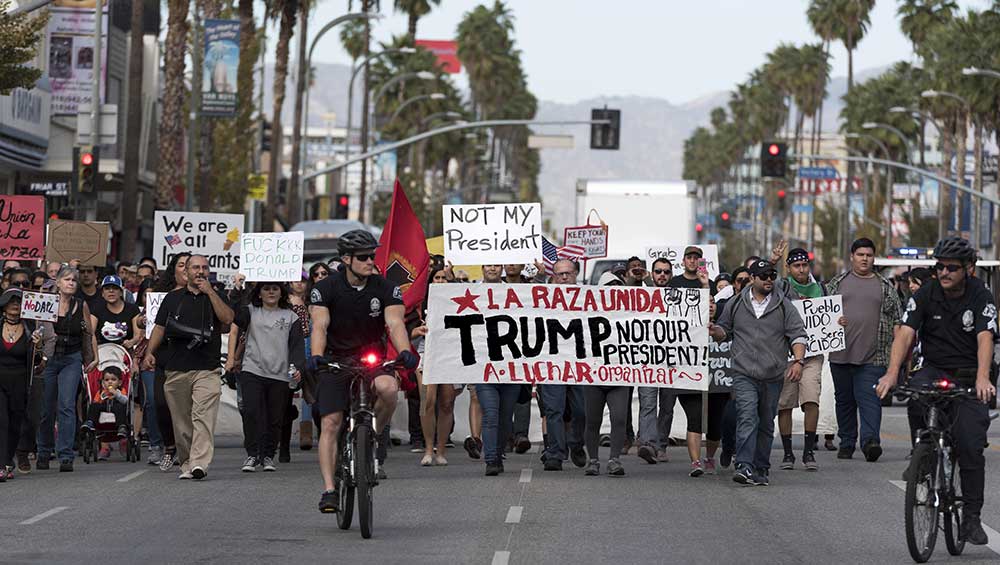WE know you'll never get this kind of information or insight at the Herald or other local news sources.

Came Entirely From California
Investors Business Daily, Dec 16, 2016
JOHN MERLINE
Democrats who are having trouble getting out of the first stage of grief — denial — aren't being helped by the fact that, now that all the votes are counted, Hillary Clinton's lead in the popular vote has topped 2.8 million, giving her a 48% share of the vote compared with Trumps 46%.
To those unschooled in how the United States selects presidents, this seems totally unfair. But look more closely at the numbers and you see that Clinton's advantage all but disappears.
As we noted in this space earlier, while Clinton's overall margin looks large and impressive, it is due to Clinton's huge margin of victory in one state — California — where she got a whopping 4.3 million more votes than Trump.
California is the only state, in fact, where Clinton's margin of victory was bigger than President Obama's in 2012 — 61.5% vs. Obama's 60%.
But California is the exception that proves the true genius of the Electoral College — which was designed to prevent regional candidates from dominating national elections.
In recent years, California has been turning into what amounts to a one-party state. Between 2008 and 2016, the number of Californian's who registered as Democrats climbed by 1.1 million, while the number of registered Republicans dropped by almost 400,000.
What's more, many Republicans in the state had nobody to vote for in November.
There were two Democrats — and zero Republicans — running to replace Sen. Barbara Boxer. There were no Republicans on the ballot for House seats in nine of California's congressional districts.
At the state level, six districts had no Republicans running for the state senate, and 16 districts had no Republicans running for state assembly seats.
Plus, since Republicans knew Clinton was going to win the state — and its entire 55 electoral votes — casting a ballot for Trump was virtually meaningless, since no matter what her margin of victory, Clinton was getting all 55 votes.
Is it any wonder then, that Trump got 11% fewer California votes than John McCain did in 2008? (Clinton got 6% more votes than Obama did eight years ago, but the number of registered Democrats in the state climbed by 13% over those years.)
If you take California out of the popular vote equation, then Trump wins the rest of the country by 1.4 million votes. And if California voted like every other Democratic state — where Clinton averaged 53.5% wins — Clinton and Trump end up in a virtual popular vote tie. (This was not the case in 2012. Obama beat Romney by 2 million votes that year, not counting California.)
Meanwhile, if you look at every other measure, Trump was the clear and decisive winner in this election.
***
Number of states won:
Trump: 30
Clinton: 20
_________________
Trump: +10
Number of electoral votes won:
Trump: 306
Clinton: 232
_________________
Trump: + 68
Ave. margin of victory in winning states:
Trump: 56%
Clinton: 53.5%
_________________
Trump: + 2.5 points
Popular vote total:
Trump: 62,958,211
Clinton: 65,818,318
_________________
Clinton: + 2.8 million
Popular vote total outside California:
Trump: 58,474,401
Clinton: 57,064,530
_________________
Trump: + 1.4 million

 RSS Feed
RSS Feed
